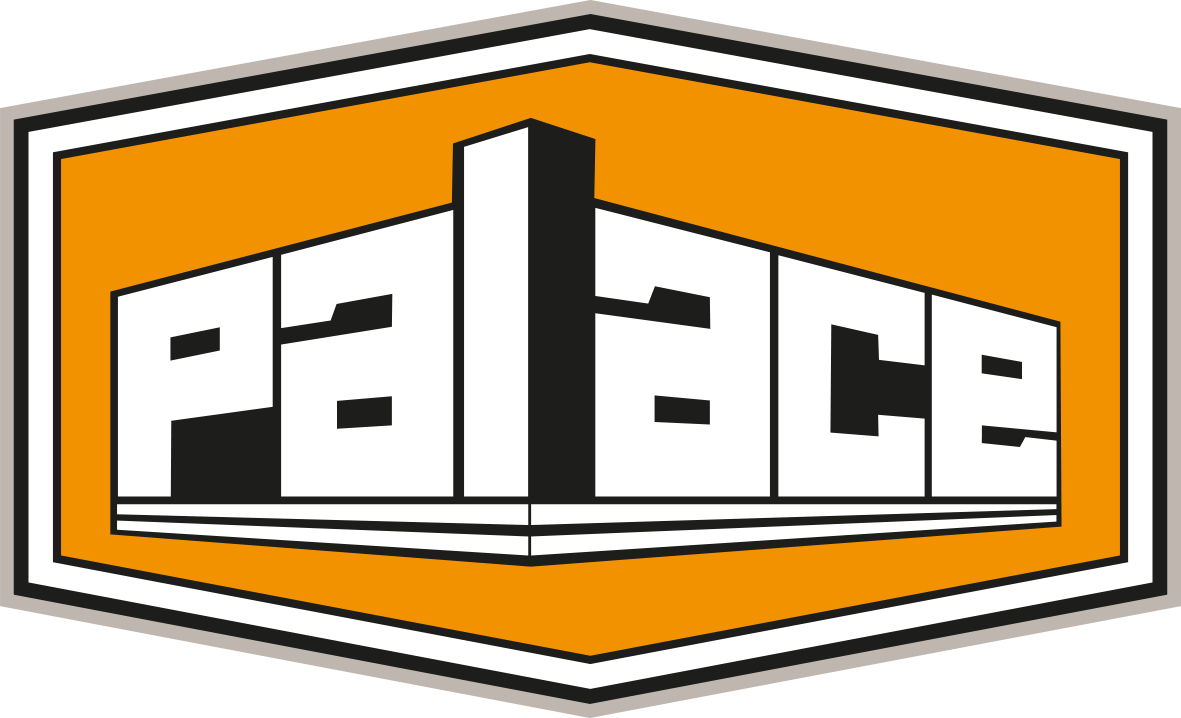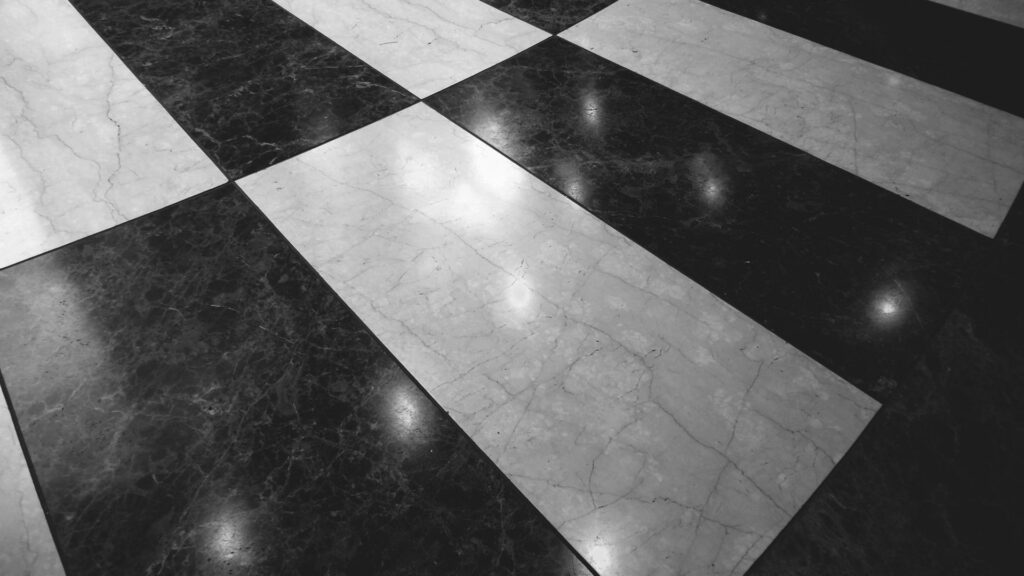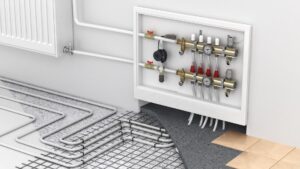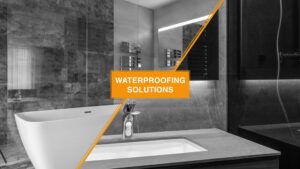Does A Couple ‘Un’ Or ‘De’?
Good question! But the simple answer is…..Both!
To Decouple is to disengage or to make a change to one system without changing another, whereas to Uncouple is to unlink or to detach one thing from another. Basically, decoupling is a synonym of uncoupling. The term within construction / engineering has been around since the early AD Greek & Roman times.
So where is the term used in tiling? If you have a problematic floor such as timber or heated screeds, this can cause unwanted movement or lateral stresses, which could result in failures such as tiles cracking or worse, debonding. So, the use of a ‘decoupling’ (or uncoupling) mat isolates the two surfaces, allowing them to move independently of each other (just as the definition suggests). This prevents such stresses to transfer through to the tile, which in turn leaves a faultless finish to your floor.
There are many decoupling systems on the market, but few like the Palace Easi-Mat, which has quite a few benefits over the conventional ‘cavity’ mat.
It’s not restricted with its weight loadings, it weighs less than 8kg, it won’t roll back on you once you’ve rolled it out, it’s easy to carry, it won’t raise the floor height AND it’s not orange!
Furthermore, the Palace Easi-Mat can be used with mosaics and can be used in medium or heavy loading capacity, which means it’s an ideal solution for both domestic and commercial applications.
Although it’s not magic, nor is it a carpet, it might as well be because it is the gift that keeps giving! With gridlines and 1m markers, it makes for easy installation that can be cut with scissors or a knife and even uses less adhesive than other mats. Up to 30% less adhesive in fact.
With the Palace Easi-Mat, you will get the job done quicker (less mixes and immediate tiling) and it will also be cheaper as you are using much less adhesive.
All in all, Decoupling or Uncoupling, you have the perfect solution with the Palace Easi-Mat!





